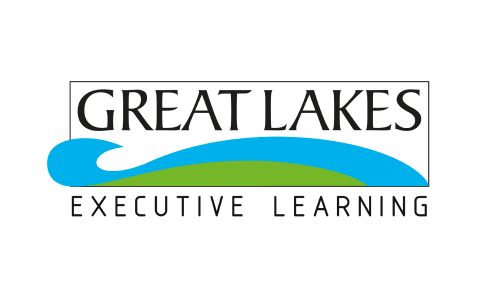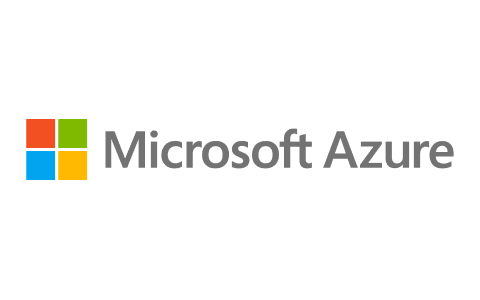Unified Diagnostic Services Basics
Dive deep into UDS essentials – master flow control, diagnostic communication, data transmission, and more. Seize the opportunity to enhance your skills today! Enrol now for this free Unified Diagnostic Services Basics course!

Ratings
Level
Learning hours
Learners
Skills you’ll Learn
About this course
Unified Diagnostic Services Basics is a free course empowering you with essential automotive diagnostic skills. Delve into the core concepts in the introductory phase, exploring UDS principles. Navigate the diagnostic process confidently with insights into "UDS Flow Control." Uncover the role of the "Diagnostic and Communication MFU" in facilitating diagnostics. Explore information exchange nuances through the "Data Transmission Functional Unit" and gain a comprehensive understanding of the "Additional Functional Unit." Join us on this educational journey to master Unified Diagnostic Services within the dynamic automotive landscape.
Course Outline
Provides an overview of Unified Diagnostic Services, emphasizing its role in diagnosing and communicating with Electric Vehicle control units.
Explores the mechanisms and protocols governing the flow of diagnostic data within UDS.
Examines the Multi-Function Unit, elucidating its pivotal role in managing diagnostic processes and facilitating communication between various components in Electric Vehicles.
Investigates the functionalities of the Data Transmission Functional Unit, delving into services such as "Transfer Data" and their significance in efficient data exchange between control units.
Expands on the supplementary functionalities offered by UDS, with a focus on services like "Routine Control," exploring their role in initiating specific operations and managing additional features in Electric Vehicles.
What our learners enjoyed the most
Instructor
65% of learners liked instructor's teaching style
Easy to Follow
69% of learners found the course easy to follow
Ratings & Reviews of this Course
Frequently Asked Questions
What prerequisites are required to enrol in this Free Unified Diagnostic Services Basics course?
You do not need any prior knowledge to enrol in this Unified Diagnostic Services Basics course.
How long does it take to complete this Free Unified Diagnostic Services Basics course?
It is a 1.5 hour long course, but it is self-paced. Once you enrol, you can take your own time to complete the course.
Will I have lifetime access to the free course?
Yes, once you enrol in the course, you will have lifetime access to any of the Great Learning Academy’s free courses. You can log in and learn whenever you want to.
Will I get a certificate after completing this Free Unified Diagnostic Services Basics course?
Yes, you will get a certificate of completion after completing all the modules and cracking the assessment.
How much does this Unified Diagnostic Services Basics course cost?
It is an entirely free course from Great Learning Academy.
Popular Upskilling Programs
Other IT & Software tutorials for you
Unified Diagnostic Services Basics
Unified Diagnostic Services (UDS) is a standardized diagnostic communication protocol used in the automotive industry to facilitate communication between electronic control units (ECUs) in vehicles. Developed by the International Organization for Standardization (ISO) as part of the ISO 14229 standard, UDS plays a crucial role in modern vehicle diagnostics and maintenance. Here, we delve into the basics of Unified Diagnostic Services, exploring its key components and functions.
Communication Protocol:
UDS serves as a diagnostic communication protocol that allows various ECUs within a vehicle to communicate with a diagnostic tool, such as a scan tool or diagnostic tester. This communication occurs over a standard network protocol like Controller Area Network (CAN), which is widely used in modern vehicles. By utilizing UDS, automotive technicians and engineers can access, diagnose, and configure the different ECUs in a standardized manner, promoting interoperability across different vehicle makes and models.
Diagnostic Services:
The heart of UDS lies in its diagnostic services, which are standardized functions or procedures that enable the diagnostic tool to interact with specific ECUs. These services cover a wide range of diagnostic capabilities, including reading and clearing diagnostic trouble codes (DTCs), accessing sensor data, performing routine maintenance tasks, and configuring various ECU parameters. The standardized nature of these services enhances consistency and efficiency in diagnostic procedures.
Diagnostic Session:
UDS operates within a diagnostic session, which is a communication session between the diagnostic tool and the ECU. There are multiple diagnostic sessions, each serving a specific purpose. The three primary types of sessions are Default, Extended, and Programming. The Default Session is used for standard diagnostic tasks, while the Extended Session allows for more advanced diagnostics and services. The Programming Session, as the name suggests, is dedicated to ECU programming or reprogramming.
Request-Response Mechanism:
Communication between the diagnostic tool and the ECU follows a request-response mechanism. The diagnostic tool sends a request to the ECU, specifying the desired diagnostic service and parameters. The ECU processes the request and responds with the requested information or performs the specified action. This mechanism allows for a structured and efficient exchange of information between the diagnostic tool and the vehicle's ECUs.
Diagnostic Data:
UDS defines a standardized format for diagnostic data known as Diagnostic Data Units (DDUs). These DDUs encapsulate the information exchanged between the diagnostic tool and the ECU during a diagnostic session. The structure and content of DDUs are predefined, ensuring consistency and compatibility across different vehicle systems.
Security and Authentication:
In the automotive industry, security is paramount. UDS incorporates security features to protect against unauthorized access and tampering. Authentication mechanisms, such as Seed and Key, are employed to ensure that only authorized diagnostic tools can access sensitive information or perform critical actions. This enhances the overall cybersecurity of modern vehicles.
Compliance with ISO Standards:
As part of the ISO 14229 standard, UDS ensures compliance with other ISO standards related to vehicle diagnostics. This standardization promotes uniformity in diagnostic procedures and tool compatibility, facilitating the development of diagnostic tools that can work across various vehicle manufacturers.
In conclusion, Unified Diagnostic Services is a fundamental component of modern vehicle diagnostics, providing a standardized and efficient means of communication between diagnostic tools and ECUs. UDS plays a pivotal role in ensuring the reliability, interoperability, and cybersecurity of automotive diagnostic systems through its well-defined diagnostic services, communication sessions, request-response mechanism, and adherence to security standards. As vehicles become increasingly complex, UDS continues to evolve, contributing to the seamless diagnosis and maintenance of modern automobiles.
































